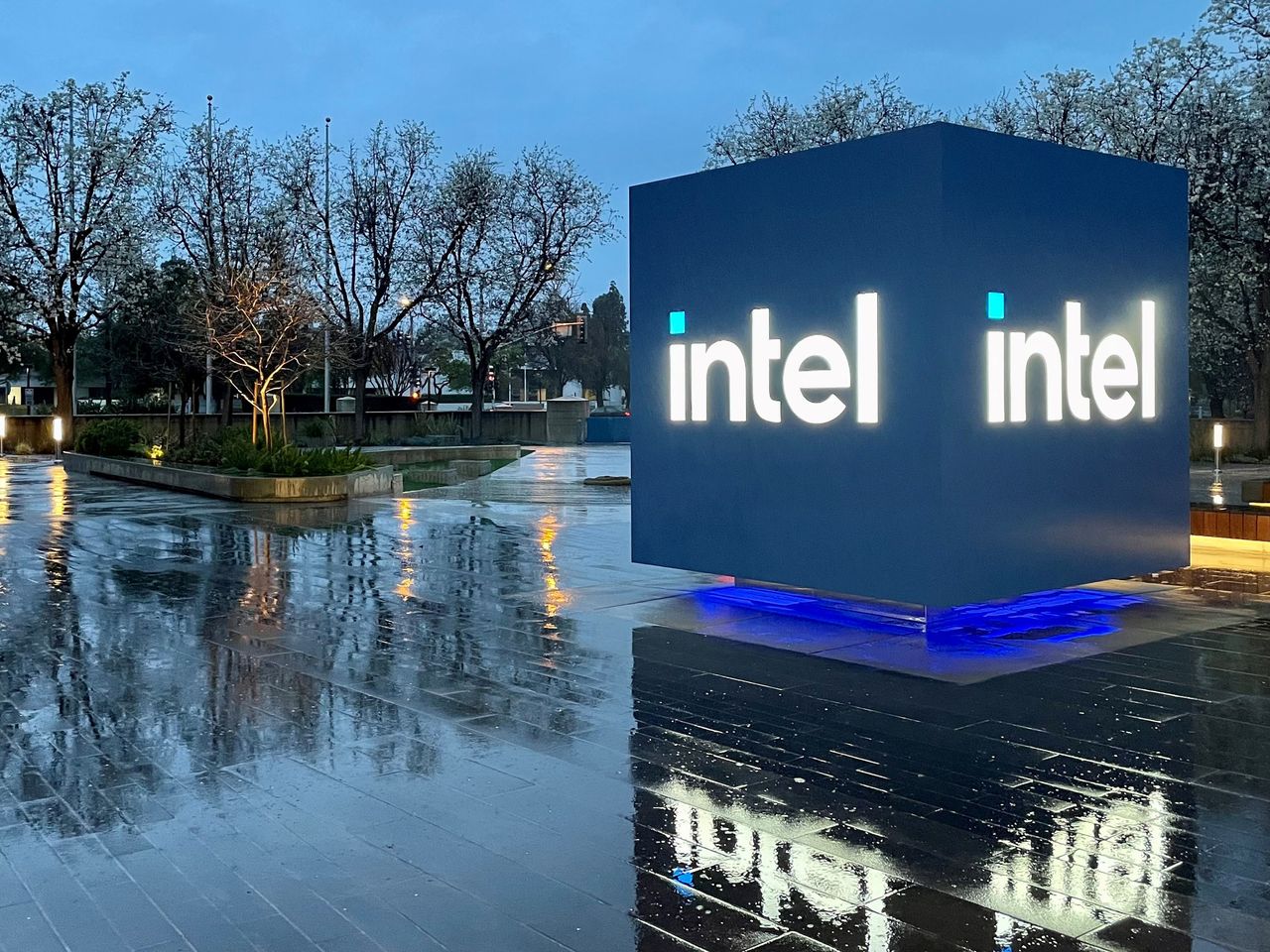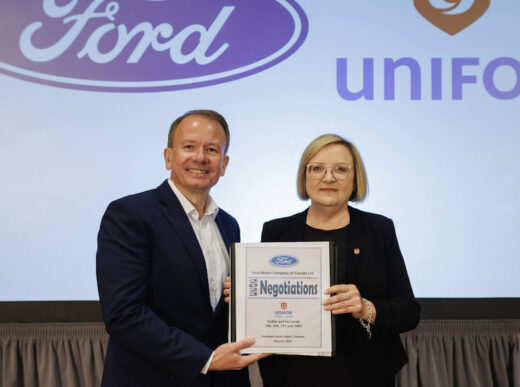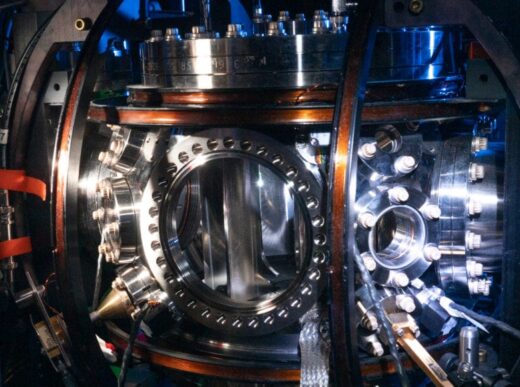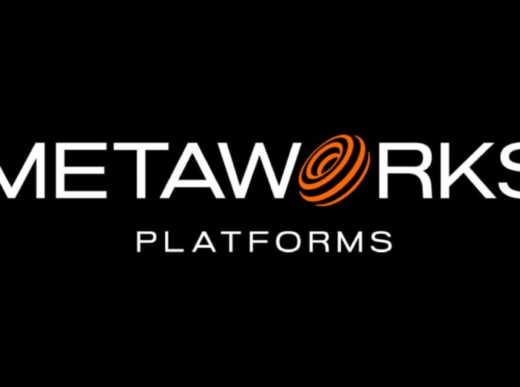In a startling turn of events, technology behemoth Intel’s ambitious attempt to acquire analog semiconductor foundry Tower Semiconductor has been abruptly quashed by regulatory roadblocks. The potential multibillion-dollar deal, which had been in the works since February 2022, recently came to a halt on Wednesday, Aug. 16, leaving both companies grappling with the fallout. The failed acquisition is shrouded in questions: What led to its demise, and how might this impact the future of Intel and Tower Semiconductor?
A Thorny Path to Regulatory Approval
The proposed acquisition, though promising, faced an uphill battle to secure regulatory clearance, with China emerging as a key stumbling block. The need for China’s approval stemmed from Intel’s existing manufacturing operations within the country. The intricate web of geopolitical tensions, coupled with the global surge of inflation-driven economic pressures, cast a shadow of uncertainty over the deal. Unfortunately, these factors coalesced to create an impasse that ultimately derailed the acquisition.
Intel’s Dilemma: Termination and Its Consequences
With regulatory approval elusive, Intel was left with no option but to terminate the deal. This decision came at a significant financial cost. Instead of executing the $5.4 billion acquisition, Intel was compelled to pay Tower Semiconductor a termination fee of $353 million. This pivot in fortunes prompts a pivotal question: How will this development impact the trajectory of both Intel and Tower Semiconductor?

Tower Semiconductor’s Uneven Trajectory
For Tower Semiconductor, the acquisition had been characterized by mixed sentiment from investors. While the proposed acquisition price of $53 per share tantalized, the stock’s actual performance remained constrained, peaking at $49.12 per share. Operating under the moniker TowerJazz, the company maintained a guarded stance throughout the acquisition saga, limiting its financial disclosures. Alas, the financial numbers that did emerge were far from encouraging:
In the second quarter, revenue witnessed a disconcerting 16% year-over-year decline, accompanied by a 13% drop in earnings. Tower Semiconductor’s shareholders seemed to gradually lose faith in the feasibility of closing the Intel merger. Despite receiving a cash infusion from the termination fee, the company grapples with stagnant business momentum.
Tower CEO Russell Ellwanger’s optimistic outlook in the face of termination does little to dispel the apprehension. While Ellwanger cites significant strides in technology, operations, and business advancements, the financial undercurrents remain ominous. A year-long sales slump coupled with negative cash flows exacerbates the uncertainty surrounding the company’s future.

Intel’s Strategic Realignment: Leveraging Recovered Capital
On the flip side, Intel’s regained cash from the termination fee — a substantial $5 billion — can fuel new initiatives. Intel has demonstrated a commitment to bolstering its chip-building infrastructure through innovative financing methods, positioning itself for growth. While the loss of Tower Semiconductor as a potential addition to Intel Foundry Services is palpable, the influx of additional funds injects a degree of flexibility into Intel’s strategic maneuvering.
In the grander scheme, Intel remains resolute in its pursuit of global leadership in processor technologies by 2025, an aspiration underpinned by substantial investments in manufacturing facilities.
Navigating the Aftermath: A Path Forward for Intel and Tower Semiconductor
Despite the disappointment, Intel’s recovery from the Tower Semiconductor debacle seems feasible. While stock prices have dipped by 29% since the acquisition endeavor, Intel’s burgeoning IFS business and the promising artificial intelligence (AI) landscape offer rays of hope. While a swift rebound might not be imminent, Intel retains potential appeal for astute long-term investors keen on harnessing the AI wave.
The termination of the Intel-Tower deal presents a crossroads for both entities. While the development may appear as a setback, it also heralds an opportunity to reevaluate core priorities and strategic directions. Tower Semiconductor’s immediate focus lies in resuscitating its ailing financial performance, while Intel can judiciously leverage its restored capital to fortify its foundation.
In Retrospect: Patience and Pragmatism for Investors
In the realm of finance, patience often emerges as a guiding principle. The turbulent trajectory of the Intel-Tower saga reinforces the significance of this virtue. For investors, cautious optimism underscores prudent decision-making. A prudent approach might entail observing Tower Semiconductor’s course of action while maintaining a measured stance on Intel’s stock.
Conclusion:
The termination of the acquisition signifies not a calamitous failure, but a strategic pivot that could unlock new avenues of growth. The pages of this story are far from concluded; rather, they invite us to witness the evolution of Intel and Tower Semiconductor as they embrace unforeseen opportunities and navigate the complexities of a dynamic technological landscape.















